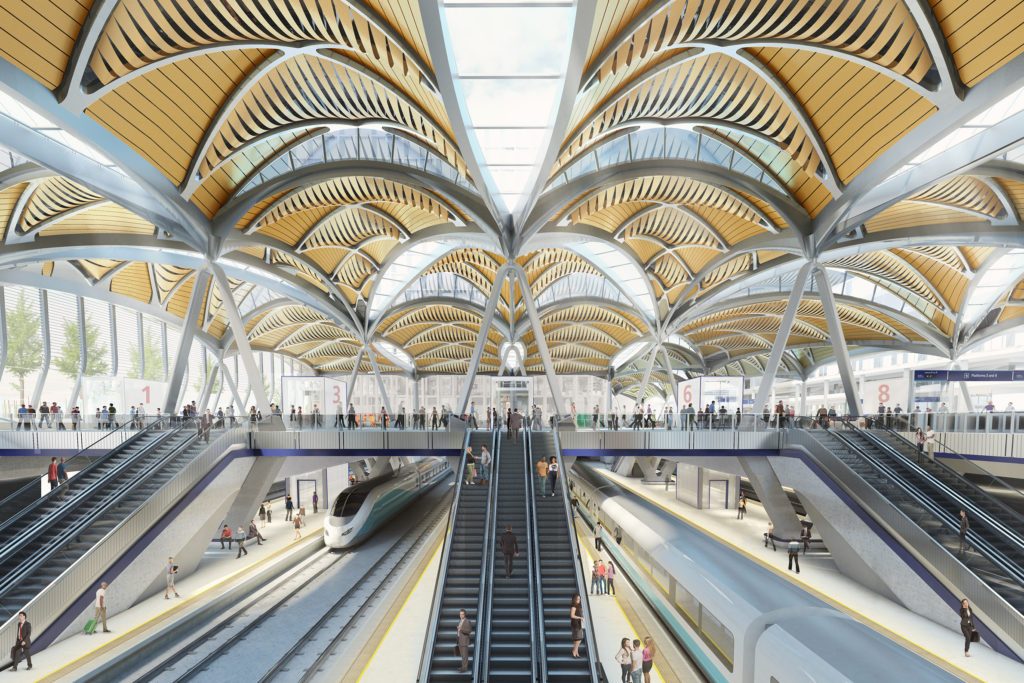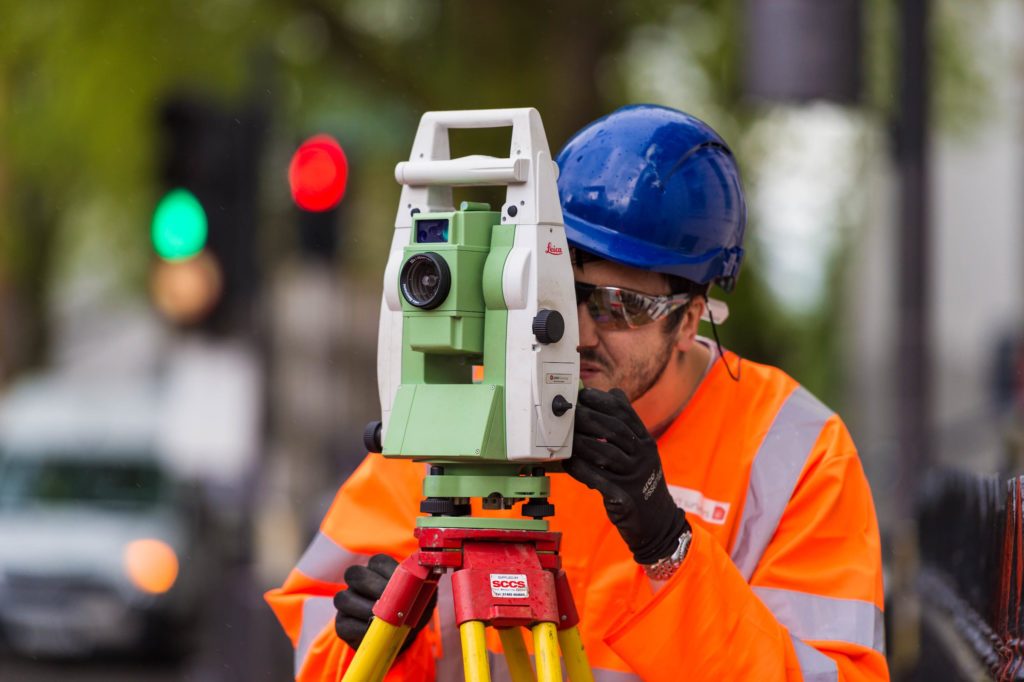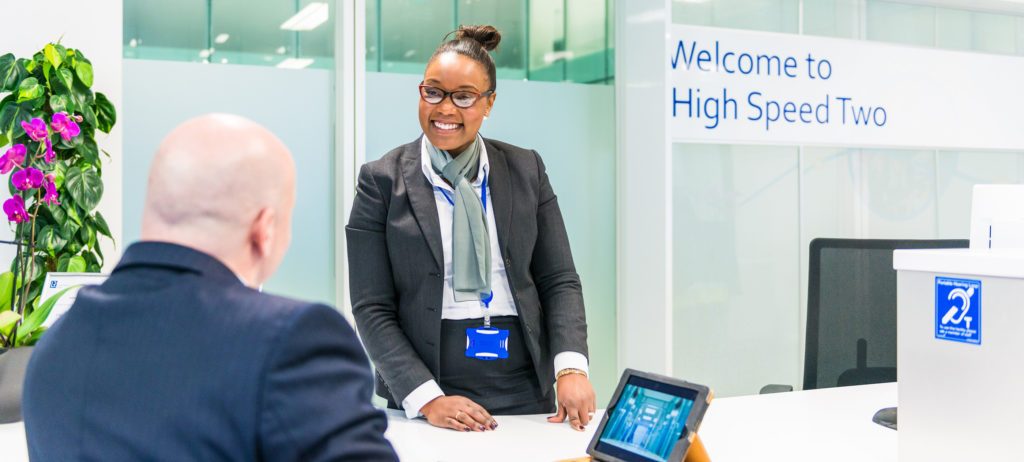HS2 is the new high-speed rail network, connecting North and South. The new railway will:
- free up space on congested rail lines
- relieve overcrowding
- improve reliability for millions of people using Britain’s railways.
HS2 will serve existing and new stations across the UK. 345 miles of new high-speed track will connect London, Birmingham, Manchester, and Leeds. Their trains will serve more than 25 stations and will connect 8 out of Britain’s 10 largest cities. HS2 is expected to carry over 300,000 passengers a day – around 100 million a year.

Project goals
- Create a high-quality website to clearly communicate the project to a wide variety of stakeholders
- Engage with stakeholders fairly and meaningfully: including the general public, contractors and job seekers
- Introduce a flexible Content Management System (CMS), making it easy for HS2 to manage their content as the project progresses
- Organise the website content in a clear manner to help users reach the information they need quickly (information architecture)
- Content strategy work: planning, development and guidance on content


Content for the future
The HS2 project is organised into phases. Phase One is underway, and will link London and Birmingham by 2026. Phase Two, which will complete the network by 2033, will run from the West Midlands to Manchester in the west, and Leeds in the east.
We took an agile approach, to handle a challenging deadline and competing priorities. This helped us manage features and requests from different stakeholders and deliver on time.
One challenge was to create a CMS to guide the client’s editorial team from website launch to the day when the first passengers start boarding.
The HS2 team had previous experience with WordPress, so we decided this would be the best solution. A multi-level administration system supports an editorial workflow and guards against accidental core changes.
We introduced flexible components to WordPress, these helped HS2 build more flexible content within a page rather than be restricted to a set number of content fields. We also provided helpful user guides, these made sure that editorial staff could manage their content today and tomorrow, updating it as their needs change.
Studio 24 are delivering us both capability and capacity. We gave them a constrained brief to deliver extremely quickly. They responded with composure, confidence and clarity.
Putting people first
The website needs to work for a wide range of people, from the general public and local residents to contractors and job seekers.
By prioritising content hierarchy and modeling early on we were able to focus on user experience and information architecture (IA, or how website content is organised to best serve users). Working with HS2 we prepared a detailed sitemap to provide users with an efficient route to the information they need.


Testing our assumptions
The client held a user testing session at the Government Digital Service (GDS) research lab. This allowed us to check that the content and information architecture worked for real users.
Tasked with questions representing people’s needs, such as, “Where are the new stations?” we watched the test group browse the website.
The user testing session proved invaluable for both the client and us. It helped us understand what was working well. It also offered insights on how we could improve the content and navigation. Positive user feedback reassured the client that the website was meeting their goals.
The website was well received and scored high on both ease-of-use and visual appeal, but some areas of improvement were flagged.
Responding to the user testing we looked at the navigation and the use of technical language. For example, people struggled to understand whether “Community,” meant the HS2 community or an HS2 club. This was improved by changing it to, “In your area,” though we’ll continue to track it.
All aboard
After the website launched, the next step was to gather direct feedback from more users. Being such a high profile project, a significant number of users will visit the website. We continue to collect feedback to fuel our discussions with the client and aid us in moving forward with future work.
HS2 has been a fascinating project to work on. The key challenges were addressing a wide range of user needs and managing a large array of content. The Studio 24 team worked hard with HS2’s excellent internal team and I’m proud of what we’ve achieved. I look forward to being part of the website’s evolution in the coming months and years.
